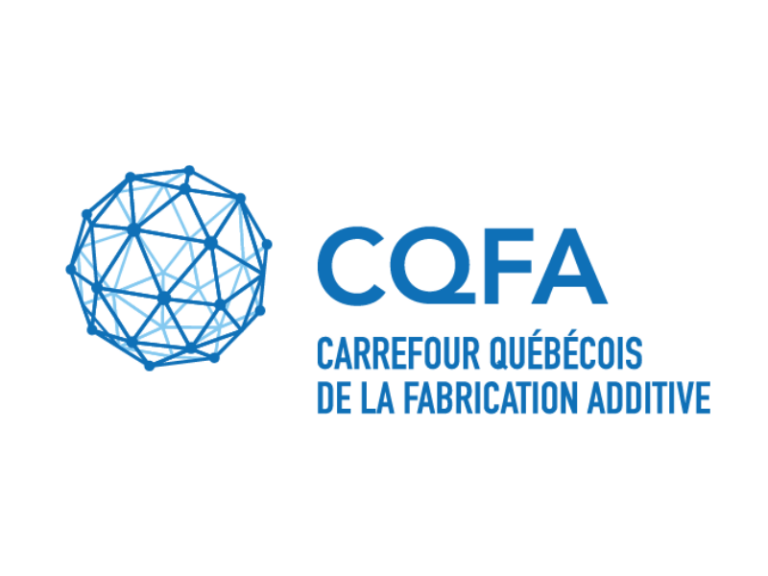
2023/01/17
Amélioration par traitement chimique de l’état de surface d’un acier maraging issu de la fabrication additive pour l’amélioration du comportement en fatigue – Étude d’un canal de refroidissement
Delcambre, A. (2022). Amélioration par traitement chimique de l’état de surface d’un acier maraging issu de la fabrication additive pour l’amélioration du comportement en fatigue – Étude d’un canal de refroidissement. Université du Québec à Rimouski.
Metal additive manufacturing enables new shapes, such as conformal cooling channels in die casting, which could not be achieved using conventional processes. The new parts usually present improved performance, improved ergonomics or material savings. The performance of the channels is indeed greatly improved, but their life is reduced by the formation of fatigue cracks, greatly facilitated by the poor surface finish at the output of the printing.
Chemically treated 18Ni300 maraging steel was chosen to improve the life of the compliant cooling channels. After solid solution and age hardening, a machinable hardness of 50 HRC was obtained. The chemical treatment should make it possible to remove the scale (pickling phase) formed during the solid solution and then improve the surface finish (polishing phase). Descaling has been achieved when polishing has been ineffective. In addition, chemical treatment can cause hydrogen embrittlement. Therefore, it has been verified that the mechanical gain in fatigue due to the improvement in surface finish is greater than the loss due to hydrogen embrittlement, which is deemed to be less important on maraging steels.
The chemical treatment, carried out in an aqueous solution of hydrochloric, nitric and phosphoric acids, made it possible to improve the resistance in unlimited endurance of the specimens by 26% and by 4% for the two models studied. These models represented the two radii of curvature of a cooling channel. No hydrogen embrittlement has been detected during the mechanical study. In the acid bath, controlling the dissolved iron concentration by adding a corrosion inhibitor, potassium ferrocyanide, greatly reduced the appearance of corrosion pitting.
Finally, an electrochemical study has shown that linear voltammetry cannot be used for improving the polishing process.